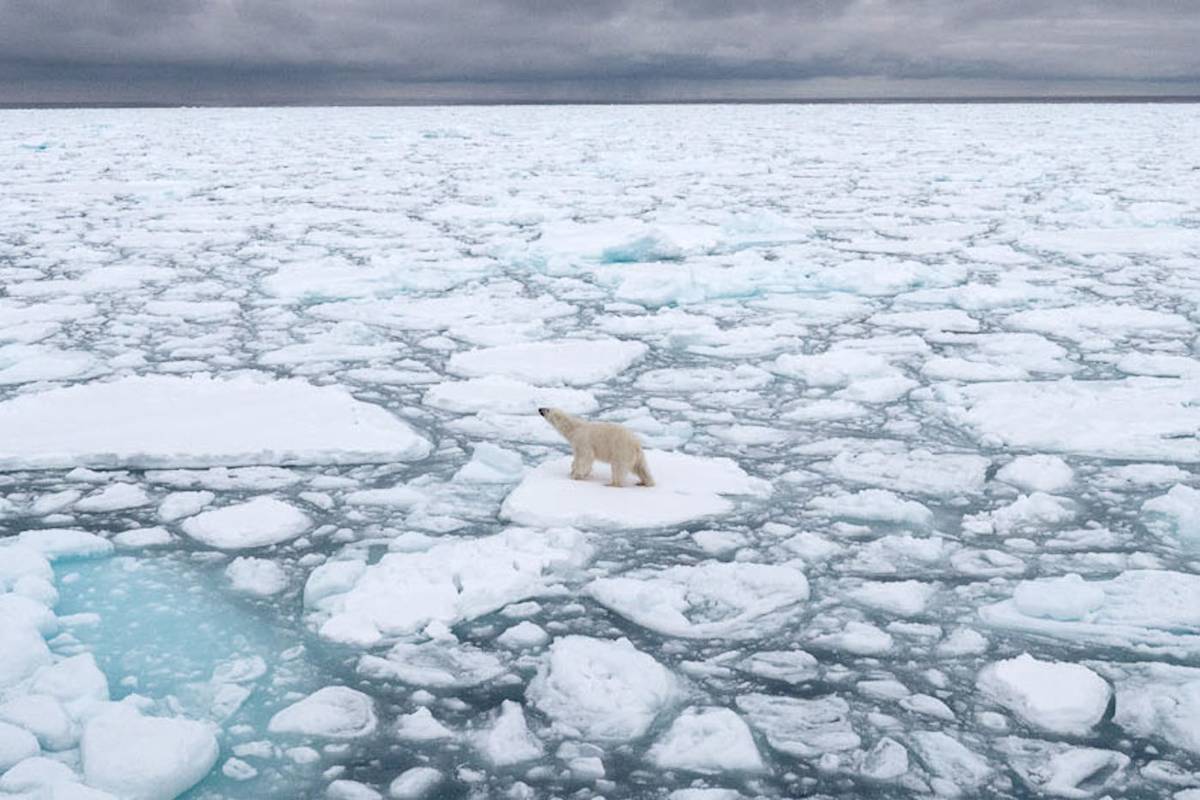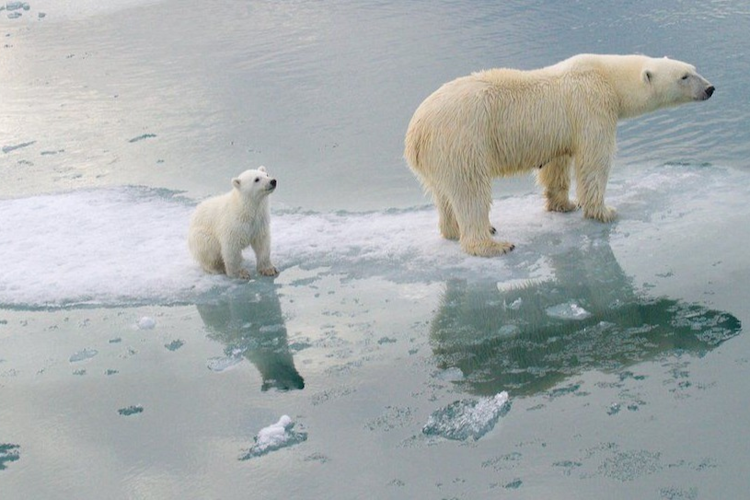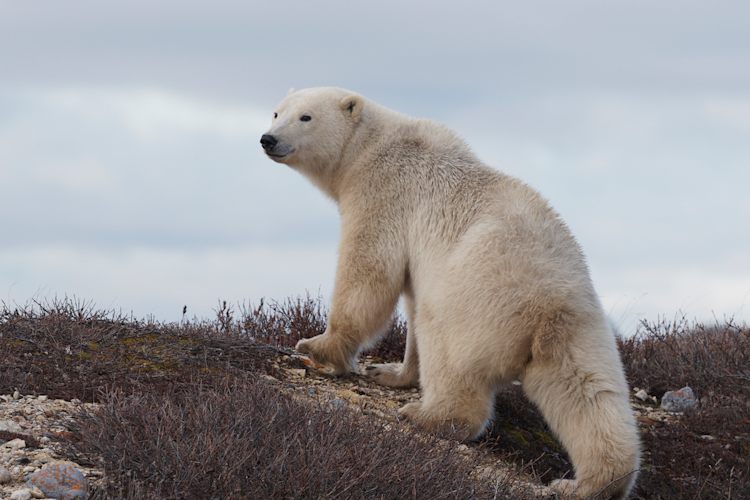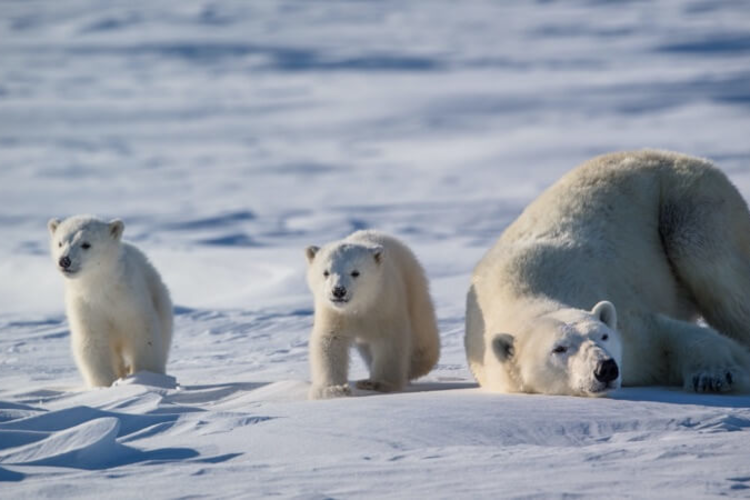Polar bears have long served as a symbol of climate change for obvious reasons. Not only is the polar bear a beautiful, charismatic animal, but the link between polar bears and melting sea ice is an easy and poignant concept to grasp.
As a conservation organization dedicated to polar bears, addressing the overarching threat of climate change is central to our work. And one of the most powerful ways that we can connect with people and inspire action is through storytelling and images that show the changes taking place as the Arctic warms. After all, our followers care about polar bears and care about the Arctic; they want to stay informed.
Recently the BBC published an article titled, Why polar bears are no longer the poster image of climate change. Almost immediately, we began hearing from supporters who expressed concern that polar bears would be forgotten as media attention shifted from melting sea ice to wildfires, floods, heatwaves, and other impacts of our warming world.



















